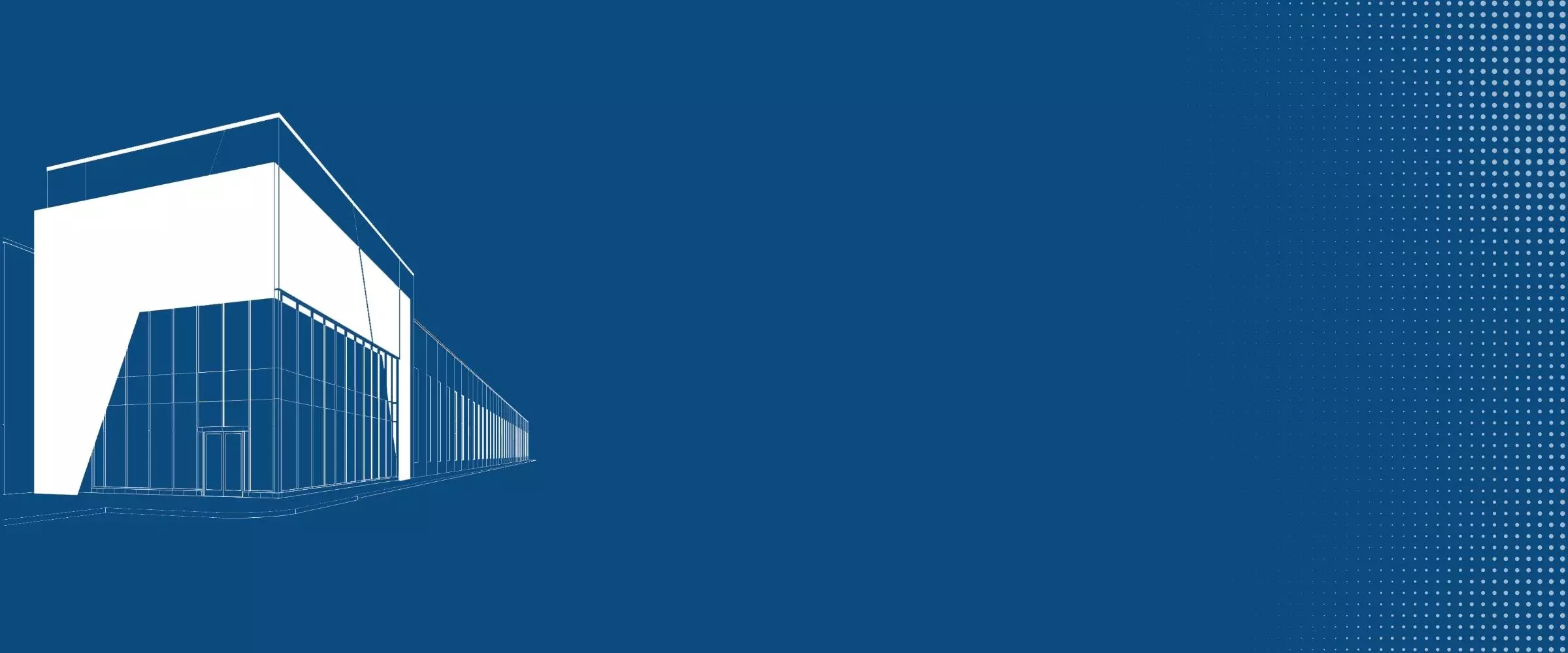“Today’s rapidly changing world, marked by increased speed and dense interdependencies, means that organizations everywhere are now facing dizzying challenges, from global terrorism to health epidemics to supply chain disruption to game-changing technologies. These issues can be solved only by creating sustained organizational adaptability through the establishment of a team of teams.”
― General Stanley McChrystal, from his book, “Team of Teams: New Rules of Engagement for a Complex World”
In the military, the term Tactical Landing Zone, or TLZ, is used to describe a precise location for the landing of an aircraft, whether a clearing in the jungle or a valley. A TLZ is ideally situated in an area that is safe or easy to defend. However, establishing a defensive perimeter is often necessary as helicopters delivering materiel and troops, who are carefully trained in the insertion process, are supported on the ground by teams of other highly-trained personnel in this mission-critical supply chain operation.
Aligned’s adaptable data center platform and advanced supply chain methodology is not unlike a TLZ whereby highly-trained teams act with great speed and precision. But whereas a TLZ provides the location at which military aircraft can unload troops and supplies, we provide wholesale colocation and build-to-scale data center solutions for the storage, management and movement of organizations’ data.
In today’s digital economy, capacity demand for hyperscalers, platform and cloud providers, and enterprises dependent on high-density computing can fluctuate quarter-by-quarter, project-to-project or even day-to-day, given the cyclicity of their revenue streams, the launch of new products and services, or the expansion of their businesses into new markets. Although hyperscalers can estimate their annual demand with a reasonable amount of accuracy, quarterly fluctuations can be significant, so demand forecasting and related business planning can prove challenging.
Hyperscalers, cloud and Software-as-a-Service (SaaS) providers are also experiencing an exponential increase in data generation from their clients, which in turn is forcing them to expand their infrastructure at unprecedented rates. According to research by Domo, a publicly-traded computer software company that specializes in business intelligence tools and data visualization, on average, users of the Internet generate 2.5 quintillion bytes of data every day.
Moreover, given Gartner’s estimate that more than 20 billion Internet of Things (IoT) devices will be deployed next year, we can be certain that data generation will only continue to accelerate. Factor in the growing use of new and emerging technologies, such as Big Data analytics, consumer and industrial Artificial Intelligence (AI) and Machine Learning (ML) applications, and Augmented Reality (AR), and it’s clear that hyperscalers, cloud and platform providers will have to be able to secure scalable capacity — where and when they need it — which is capable of serving potentially hundreds of millions of users.
Along with increasing pressure to increase scale, hyperscalers are also looking to lower costs even as they take on new workloads. Key considerations for selecting infrastructure providers include data center deployment time, design flexibility, energy efficiency and sustainability. In many cases, Big Tech companies such as Google, Amazon, Microsoft and IBM have built their data centers in proximity to low cost, renewable energy sources. The distributed nature of hyperscalers also calls for regional solutions, where workloads can be localized to reduce latency and provide an improved user experience.
Providing Intelligent Infrastructure with Speed, Scale and Simplicity
Over the past several years, my colleagues and I at Aligned have recognized that in the face of the relatively unpredictable nature of data flow and generation, hyperscalers, platform and cloud service customers are becoming increasingly aware of the limitations of data center offerings from entrenched providers with less flexible supply chains. More and more, these organizations are seeking solutions that will allow them to scale rapidly while maintaining operational simplicity in their respective deployments.
In order to solve forecasting issues related to future IT requirements, at Aligned, we’ve standardized both our mechanical and electrical supply chains to more dynamically meet customer needs. We provide electrical inventory in the form of a standardized kit that encompasses medium-voltage power distribution all the way down to the Power Distribution Unit (PDU). On the mechanical side, we provide a complete cooling inventory program from heat rejection to heat absorption. At any given point in time, our vendors hold an approximately 50 MW, auto-replenished pool of available inventory, exclusively for our use, ready for immediate deployment and comprised of prefabricated, factory-built and tested power and cooling equipment.
Aligned prefabricates power and cooling equipment for fast, easy and efficient deployment and scalability, with our intelligent infrastructure allowing delivery of data centers as a utility. Taking the installation of the most critical equipment out of the field and into the factory, prefabricated components accelerate project timelines and reduce cost, as compared to on-site assembly.
Aligned’s incrementally scalable technology allows customers to deploy infrastructure as needed, and reconfigure seamlessly, usually in the same footprint, as requirements change. In fact, we can provision initial deployments of 2 to 20+ MWs of capacity, and scale beyond in as little as three months. New data center builds can be delivered in as few as seven to nine months.
This approach provides hyperscalers, platform and cloud service customers with a simple and repeatable model for expansion into new or existing markets, eliminating financial risk and ensuring on-time project delivery.
You can learn more about how Aligned’s adaptable data center platform and advanced supply chain methodology combine to serve the needs of hyperscalers, platform and cloud service providers by downloading our latest case study.


